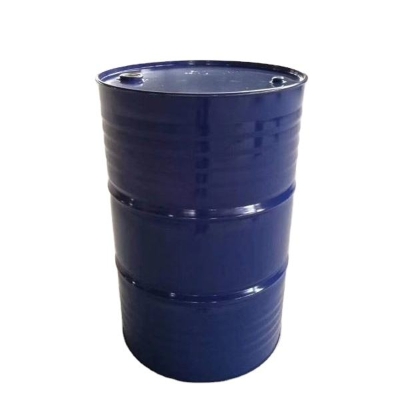-
Categories
-
Pharmaceutical Intermediates
-
Active Pharmaceutical Ingredients
-
Food Additives
- Industrial Coatings
- Agrochemicals
- Dyes and Pigments
- Surfactant
- Flavors and Fragrances
- Chemical Reagents
- Catalyst and Auxiliary
- Natural Products
- Inorganic Chemistry
-
Organic Chemistry
-
Biochemical Engineering
- Analytical Chemistry
-
Cosmetic Ingredient
- Water Treatment Chemical
-
Pharmaceutical Intermediates
Promotion
ECHEMI Mall
Wholesale
Weekly Price
Exhibition
News
-
Trade Service
Recently, good news came from the United States that hydrogen extraction technology has made a breakthrough
.
Not only does the technology drastically control the cost of extracting hydrogen, it is also eight times more efficient
.
The new technique, developed by North Carolina State University researchers, uses three-quarters less rhodium, in addition to extracting 99 percent of the hydrogen molecules from the liquid carrier within three hours
.
In particular, the system is easily scalable, allowing the catalyst to be reused on a commercial scale
.
A provisional patent has been filed for the technology in North Carolina
.
"In a conventional batch reactor, 99 percent of the photocatalyst is titanium oxide and 1 percent is rhodium, but this technique requires only 0.
025 percent rhodium, " the researchers said
.
The substantial reduction in the proportion of rhodium undoubtedly had a large impact on the final cost
.
Because a gram of rhodium costs more than $500
.
What's more, in their prototype reactor, the release rate of hydrogen molecules from the liquid carrier is also astonishing
.
"This is eight times faster than traditional batch reactors, which take 24 hours to reach 99 percent yield," said lead author Malek Ibrahim, a former postdoctoral researcher at North Carolina State
.
In addition, the only by-products in the experiment are hydrogen gas and the liquid carrier itself.
After the last cycle of the circulating system has been running continuously for up to 72 hours, it can be reused after a simple cleaning process of only six hours, which is very sustainable
.
A key reason for the success of the new technology, according to North Carolina State University, is a continuous-flow reactor
.
The reactor resembles a thin, transparent tube filled with sand
.
The "sand" consists of micron-sized particles of titanium dioxide, many of which are coated with rhodium
.
The hydrogen liquid carrier is pumped into one end of the tube
.
Rhodium-plated particles are arranged on the outside of the tube, where sunlight can reach
.
These particles are photocatalysts that, under the action of sunlight, react with the liquid carrier and release gaseous hydrogen molecules
.
Because the researchers precisely engineered the system so that only the outer particles of titanium oxide were coated with rhodium, ensuring the system did not use more rhodium than necessary
.
In practice, the technology could also reuse photocatalysts and sunlight to extract hydrogen faster from the liquid carrier and use less rhodium—making the entire process significantly less expensive
.
In the opinion of Repingjun, if this technology can be officially used successfully, it will further promote the rapid development of hydrogen energy vehicles
.
At present, the research results have been published in "ChemSusChem", a well-known journal in the field of chemical technology.
The title of the paper is "Continuous Room-Temperature Hydrogen Release from Liquid Organic Carriers in a Photocatalytic Packed-Bed Flow Reactor"
.







